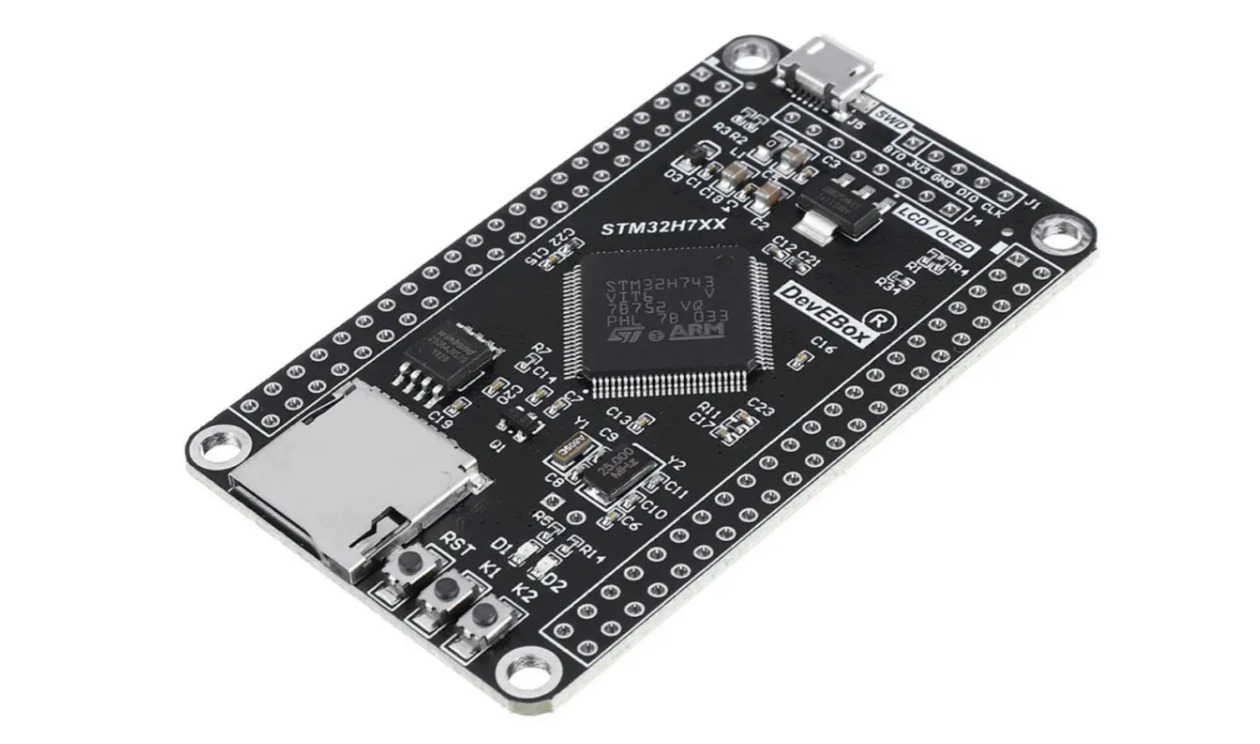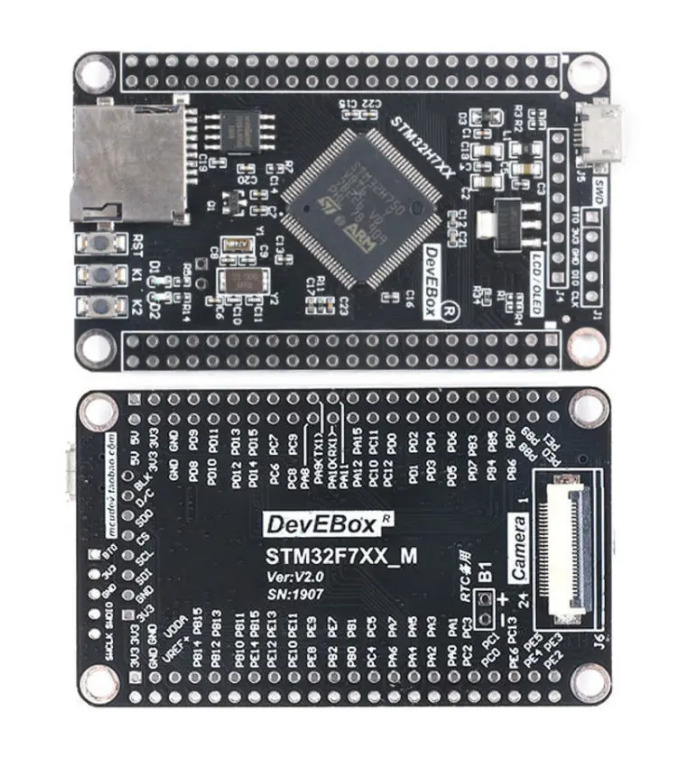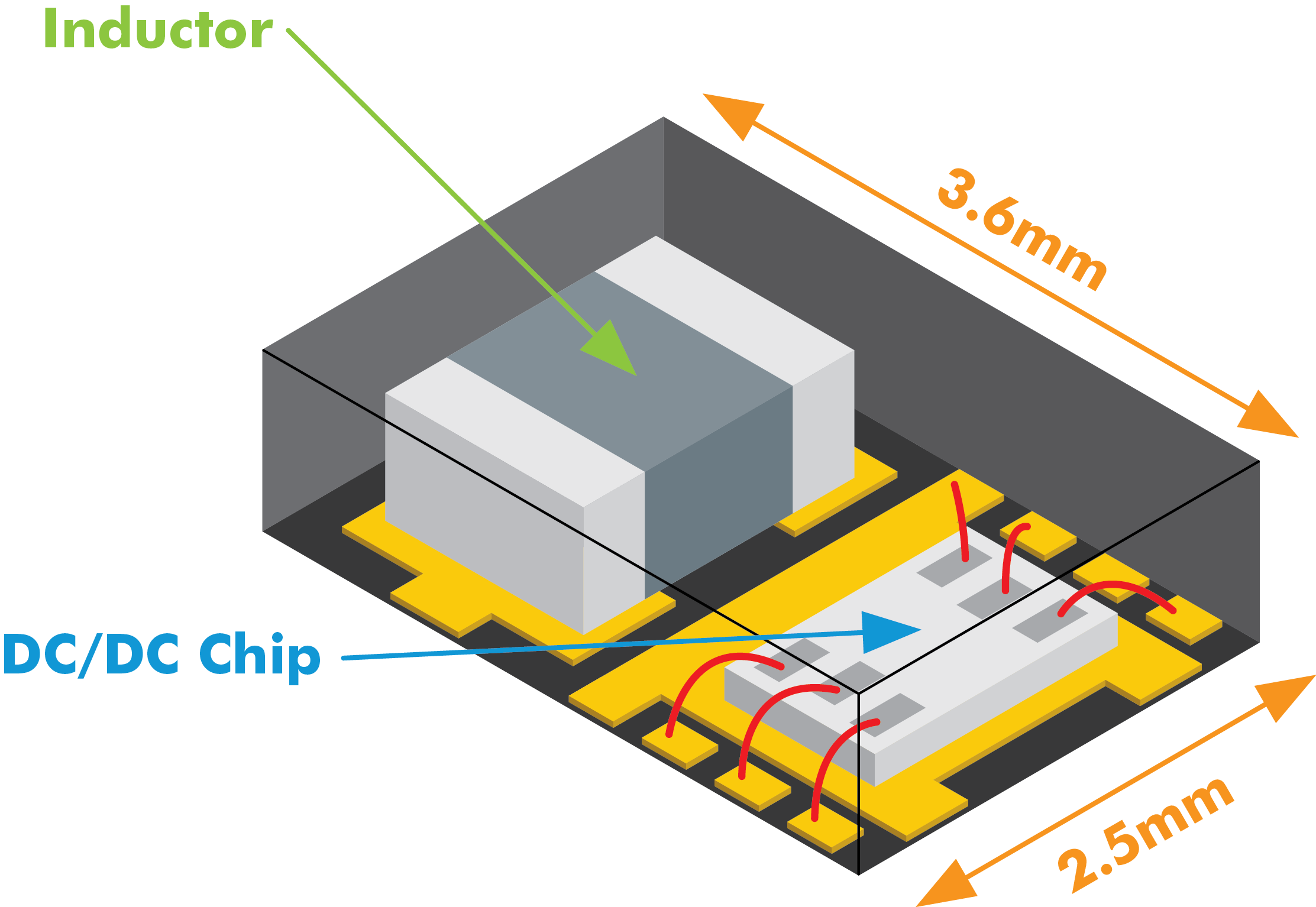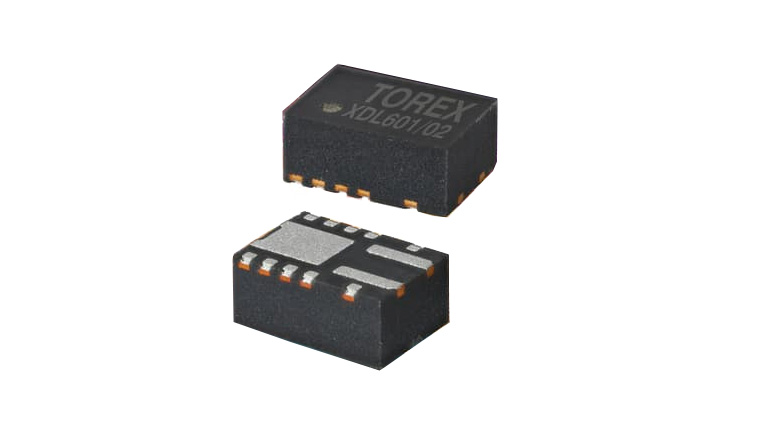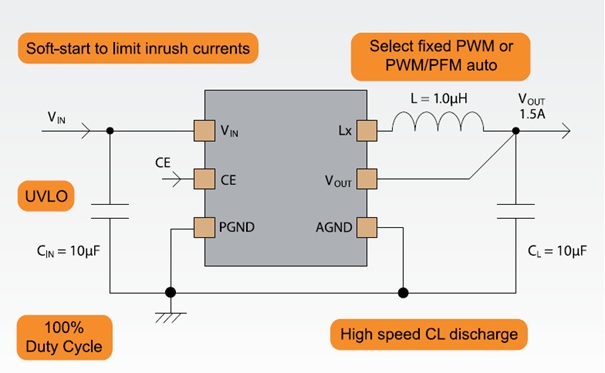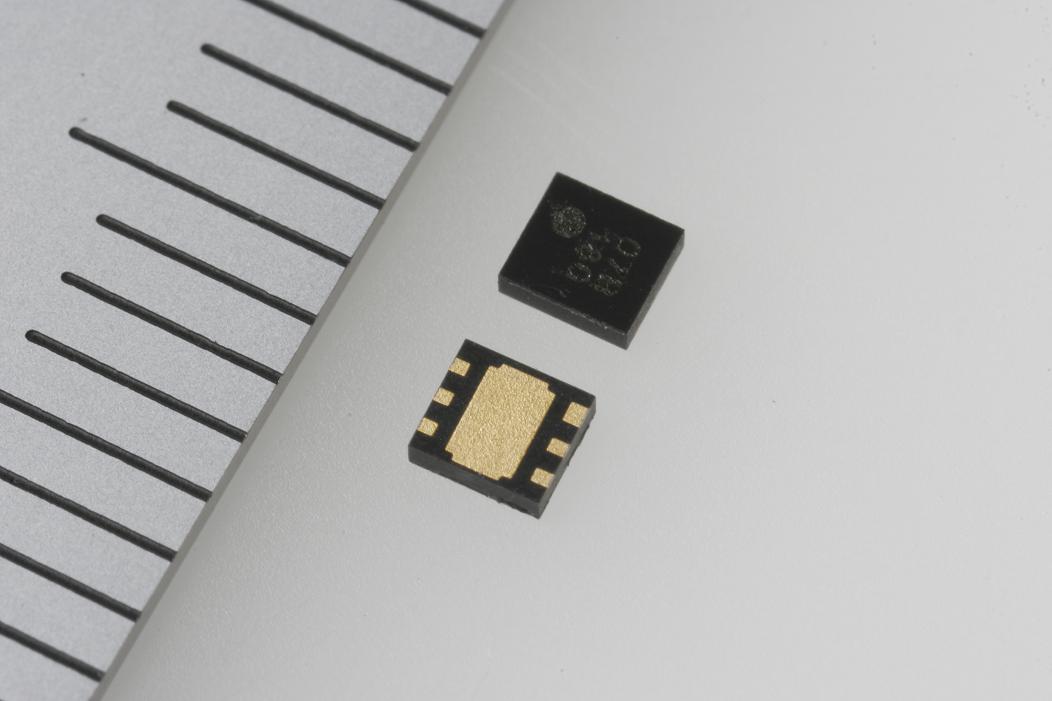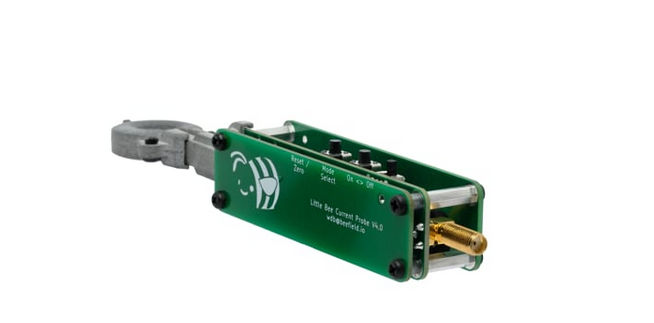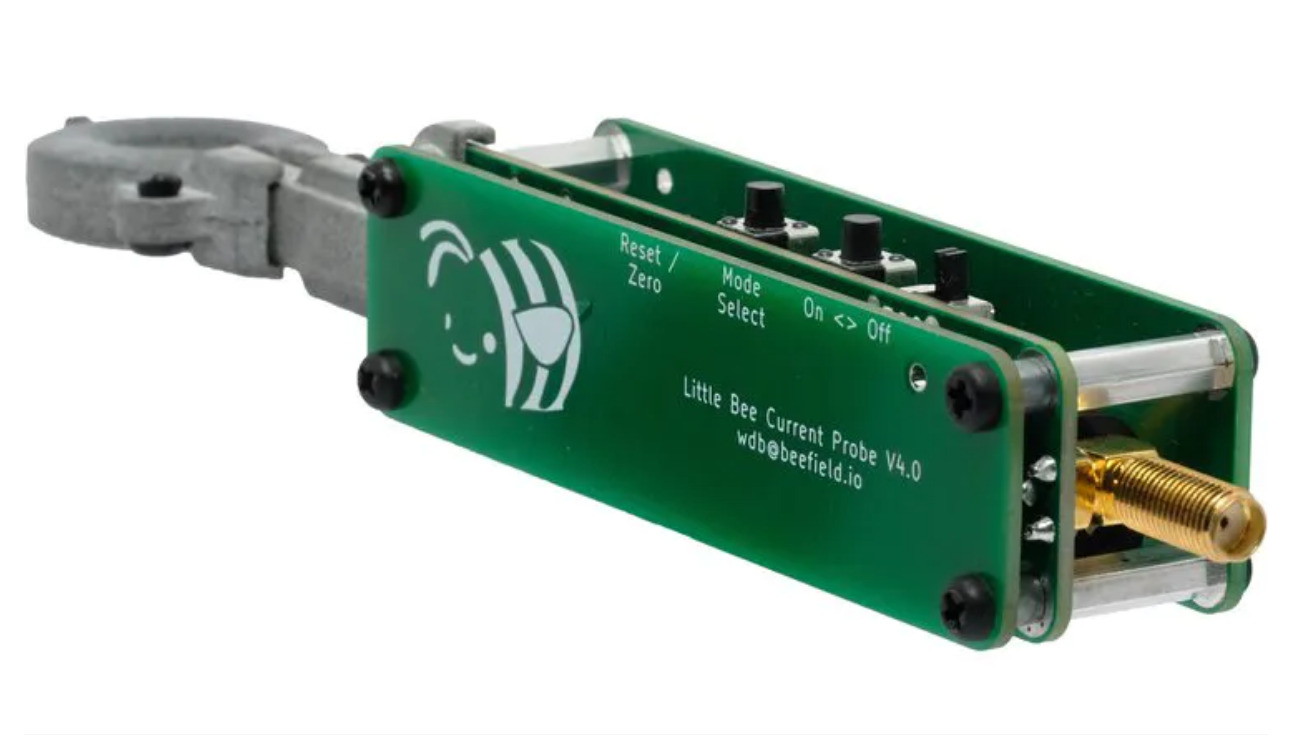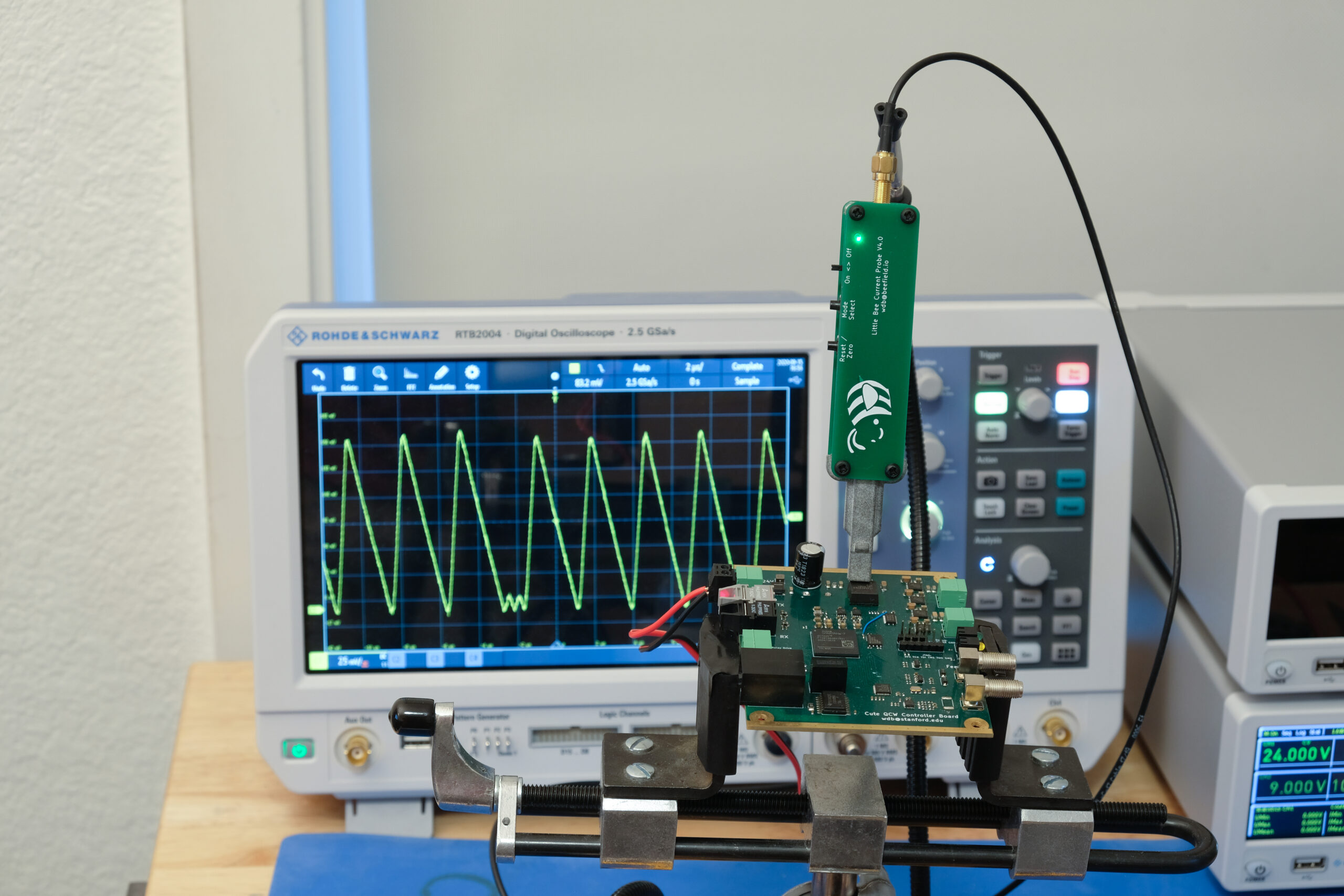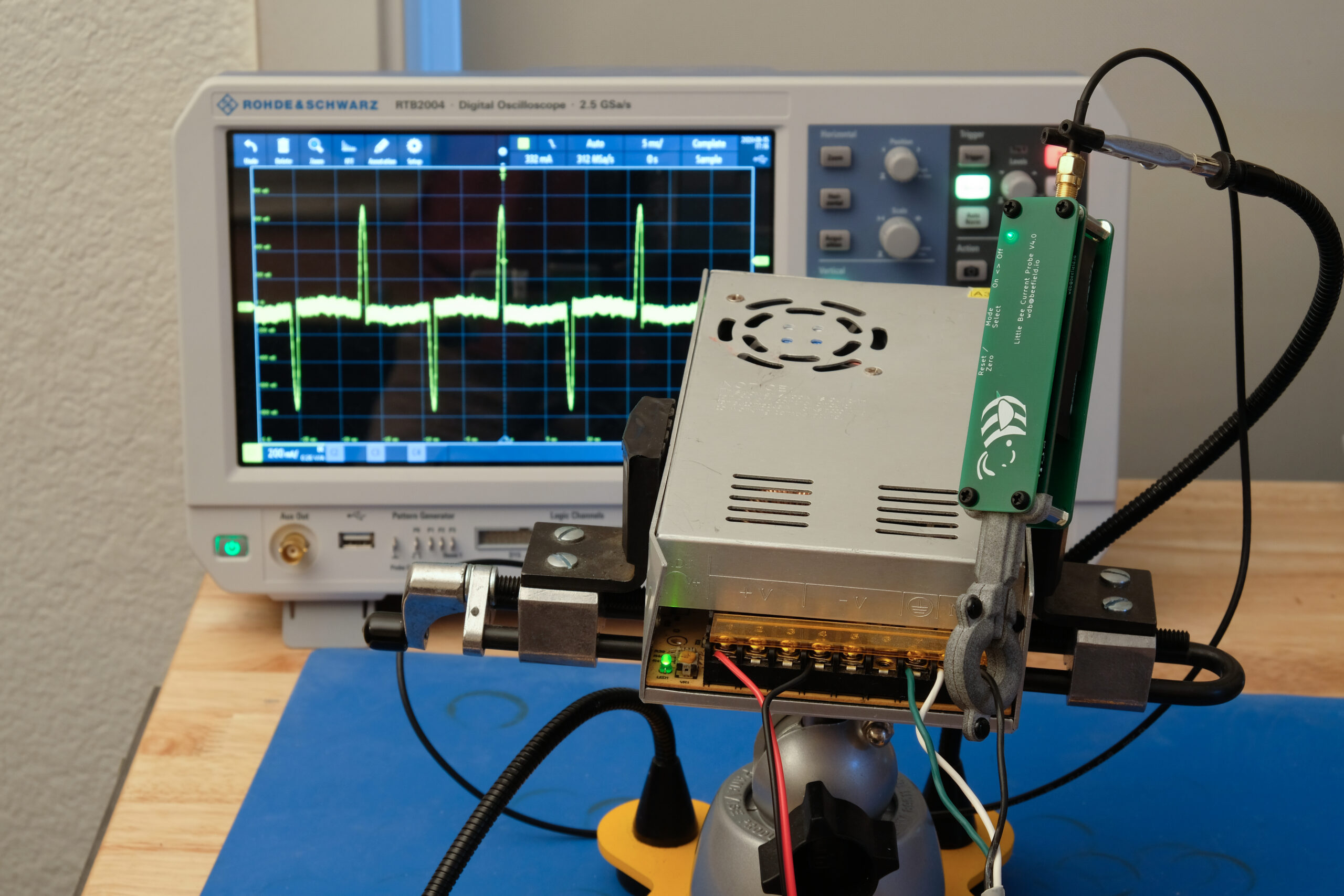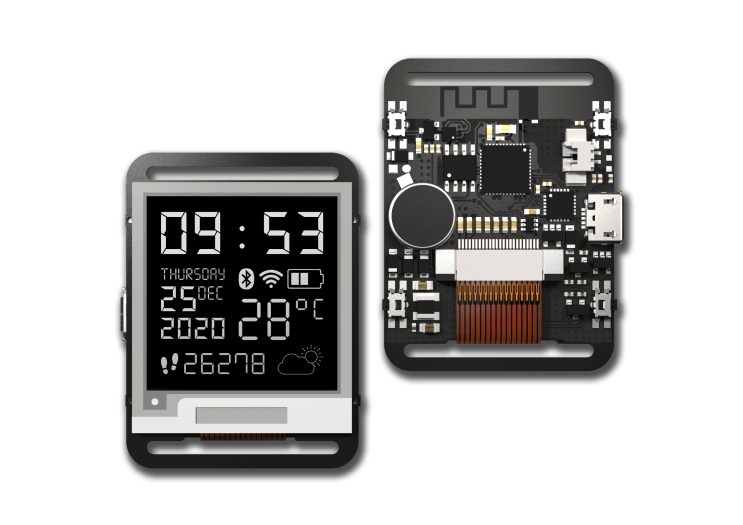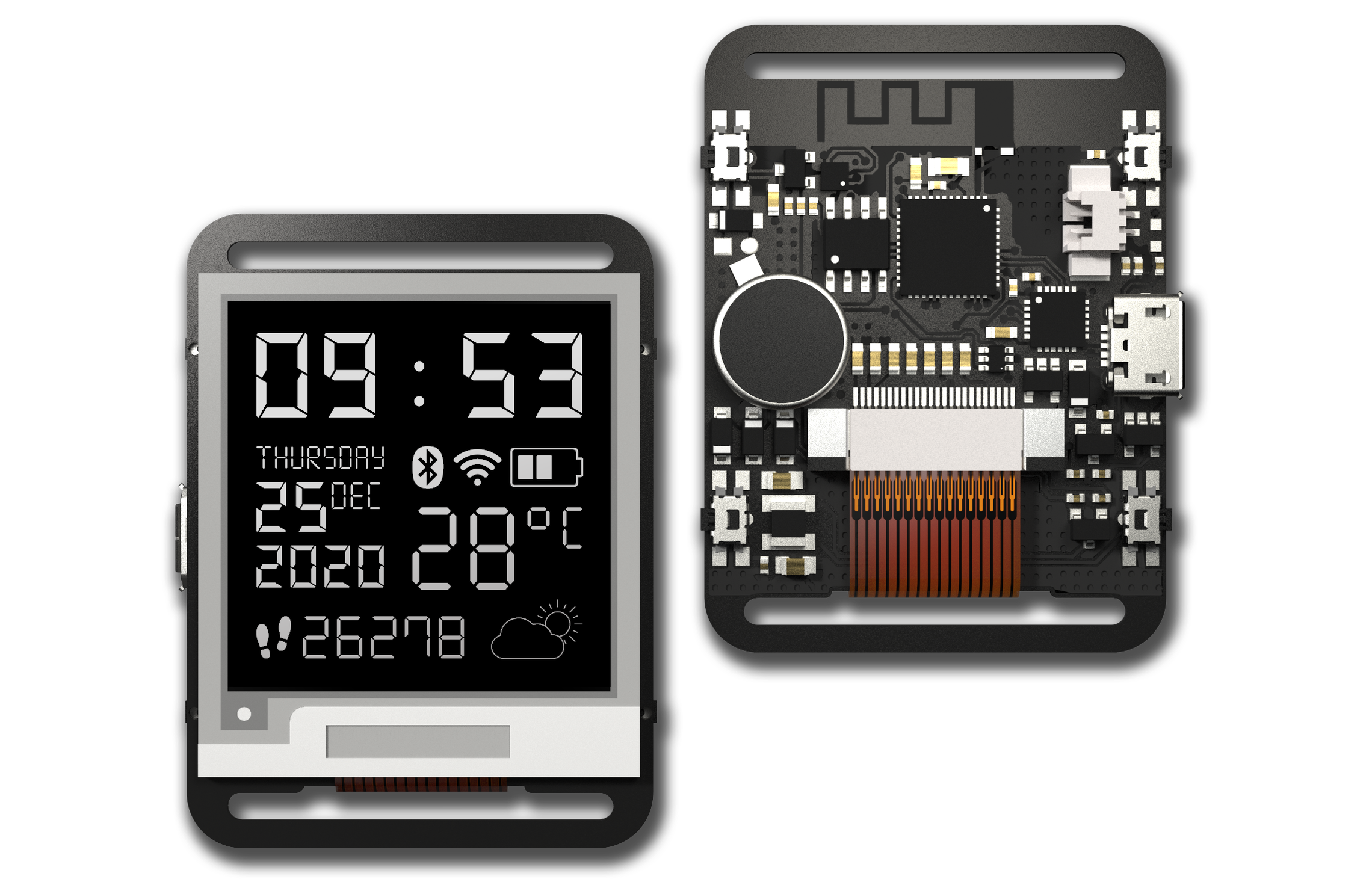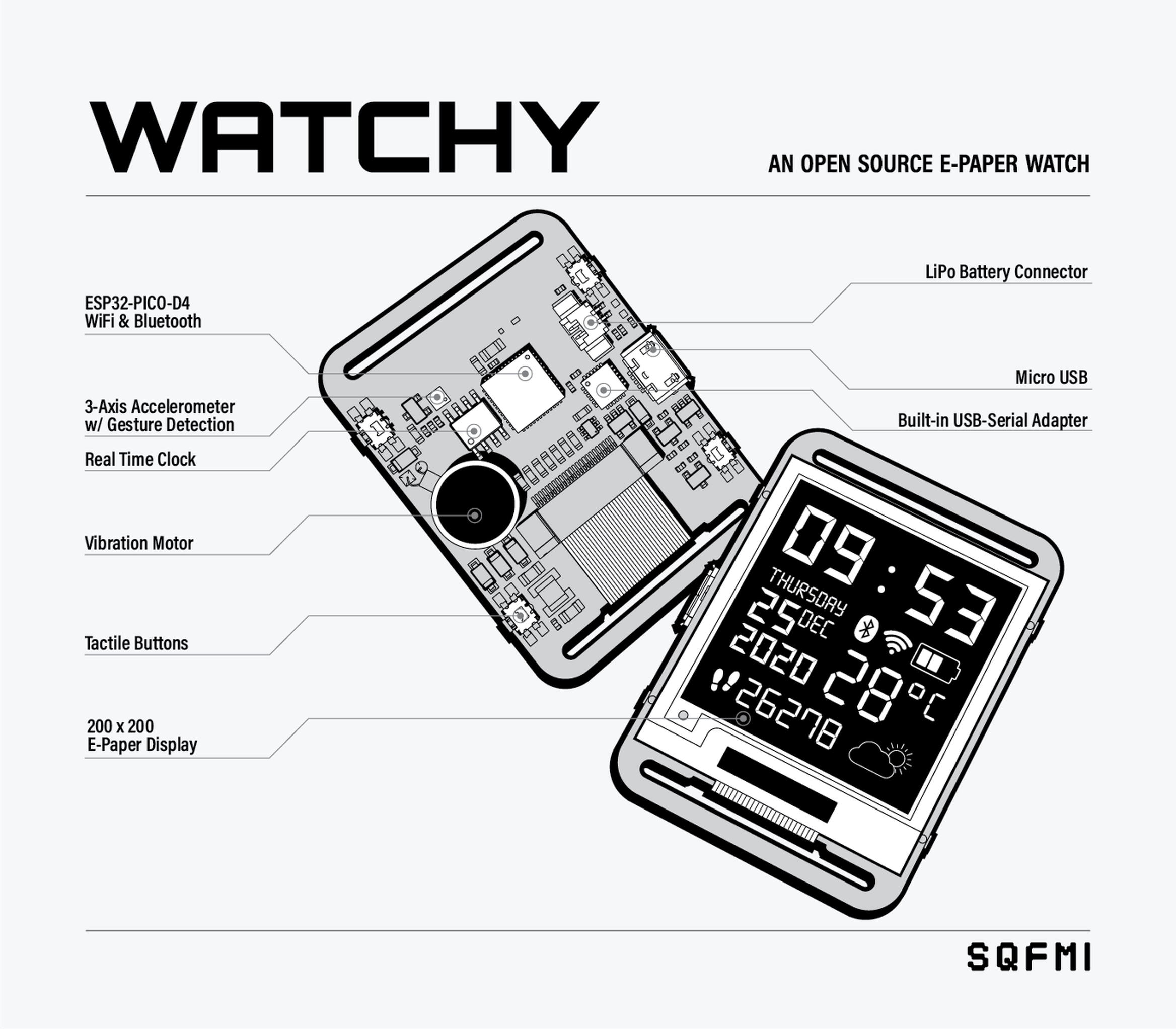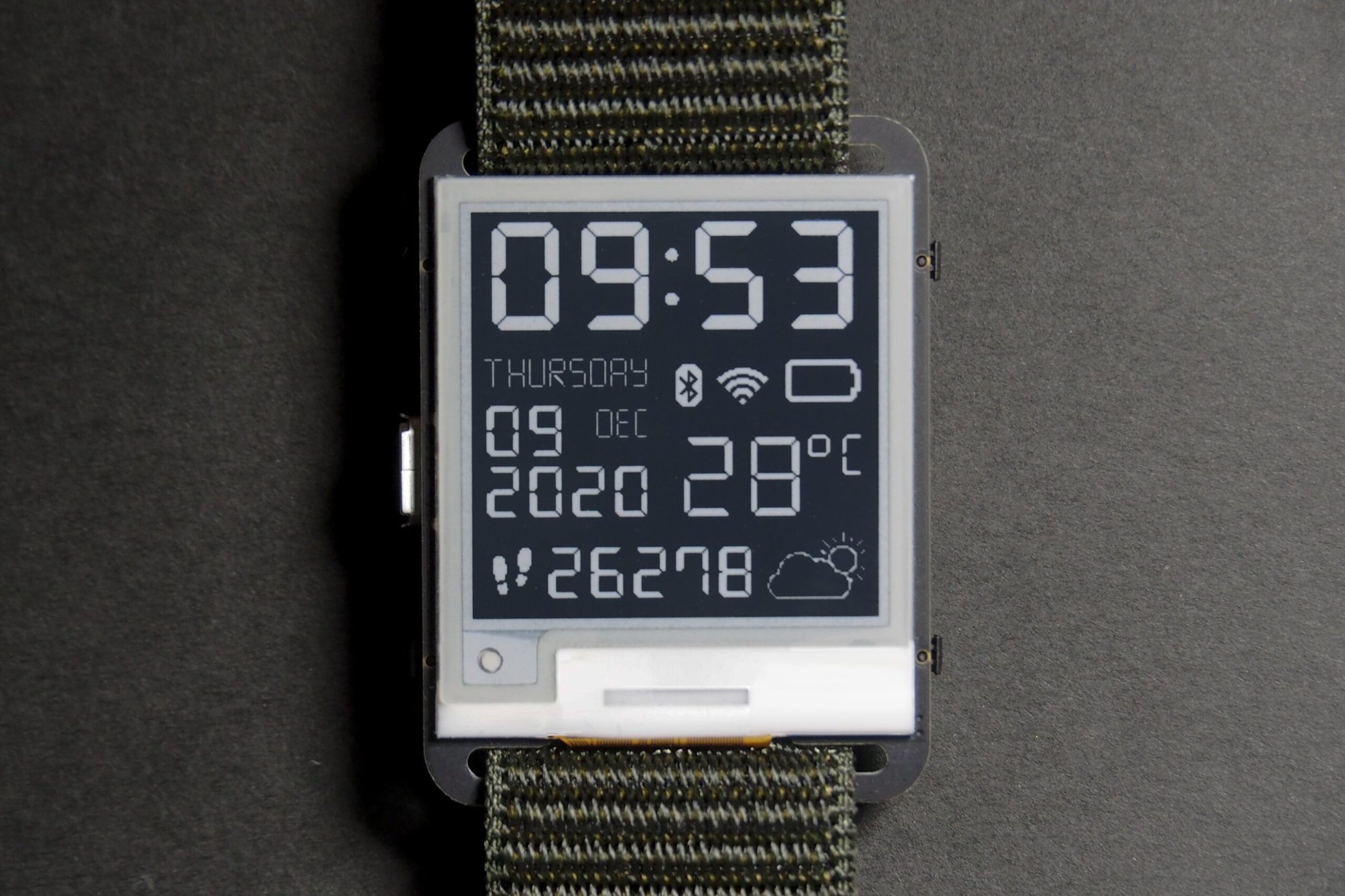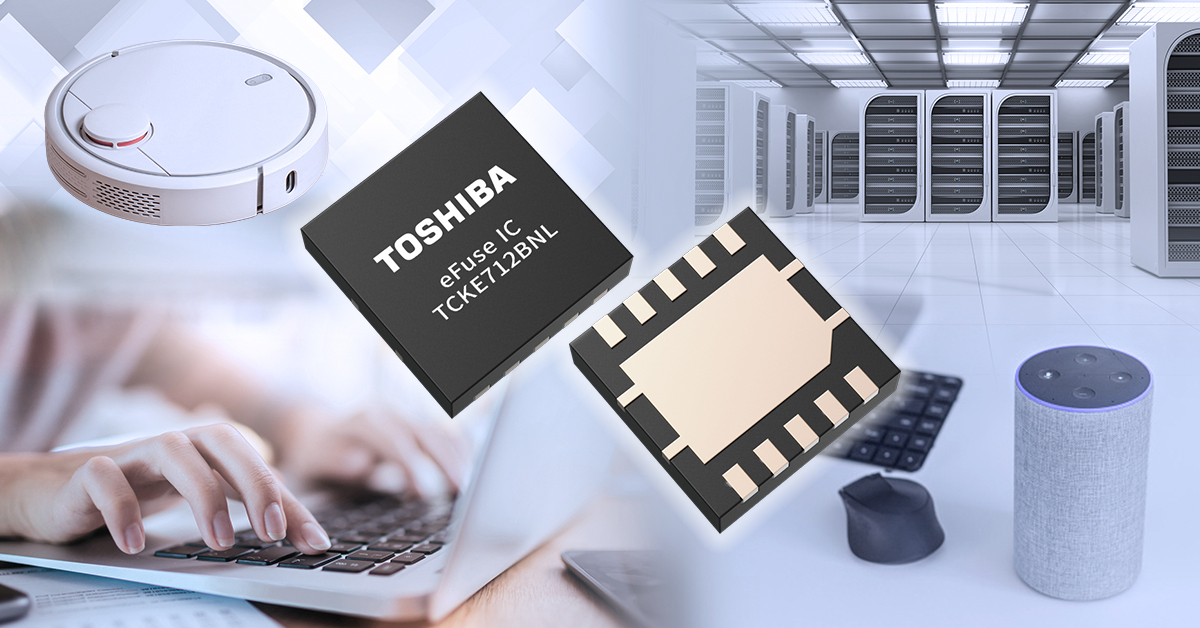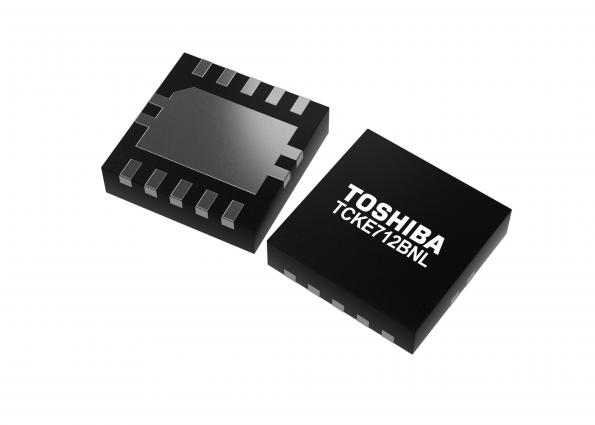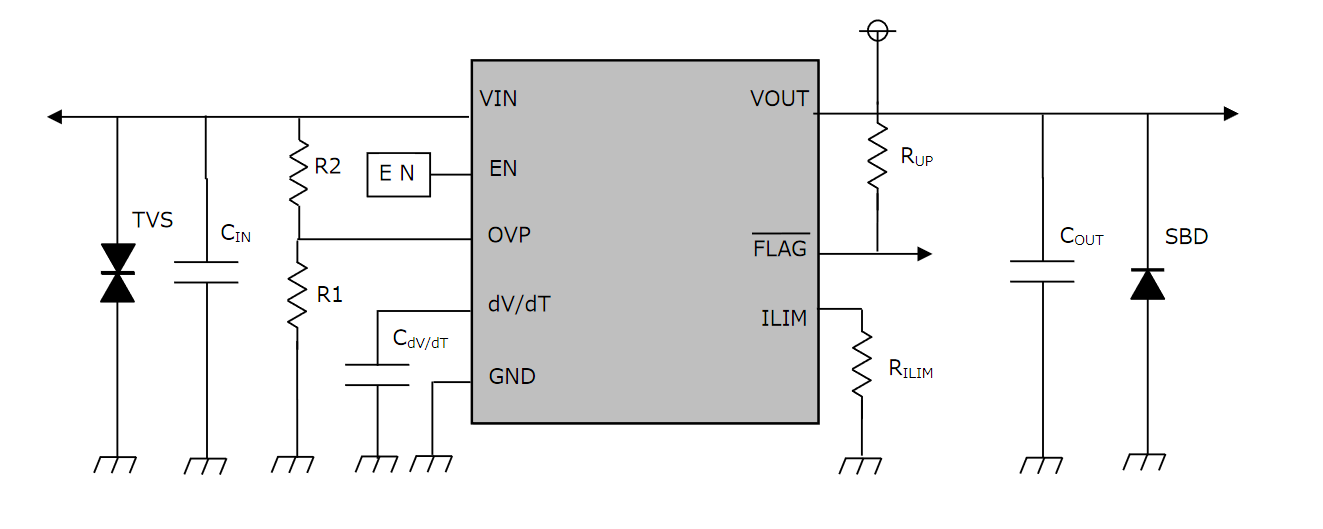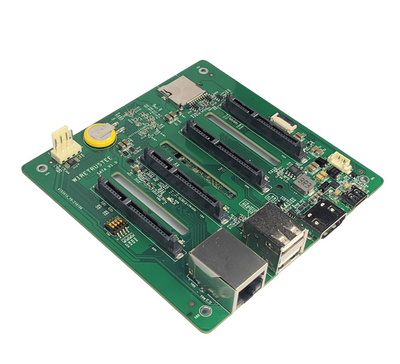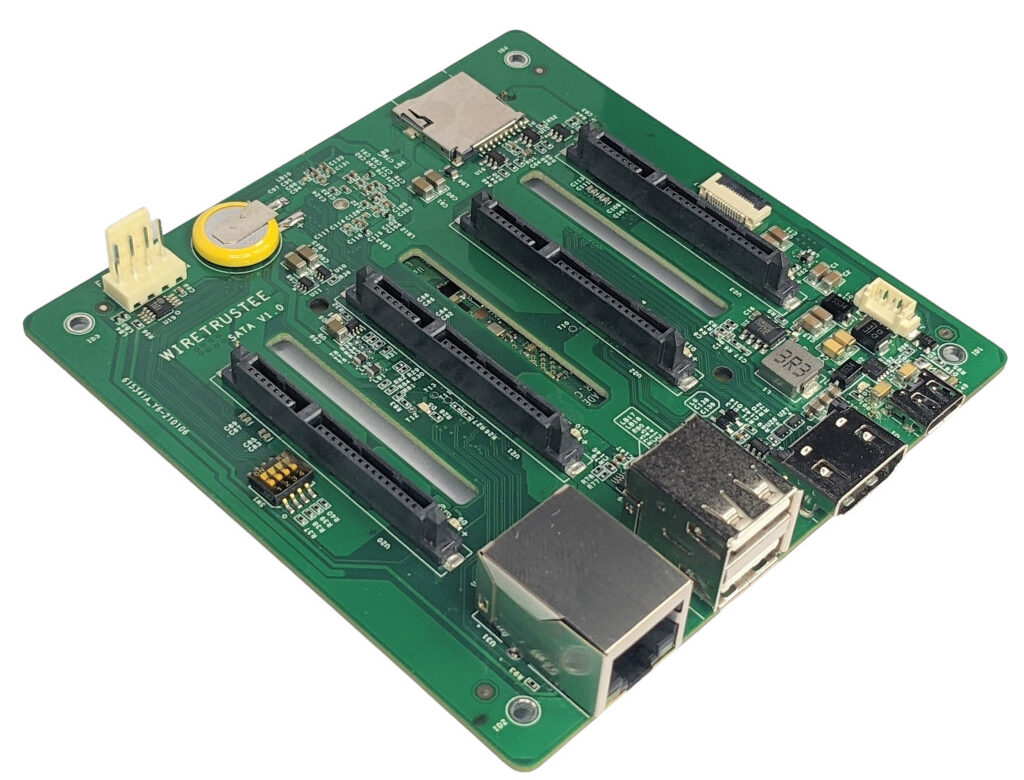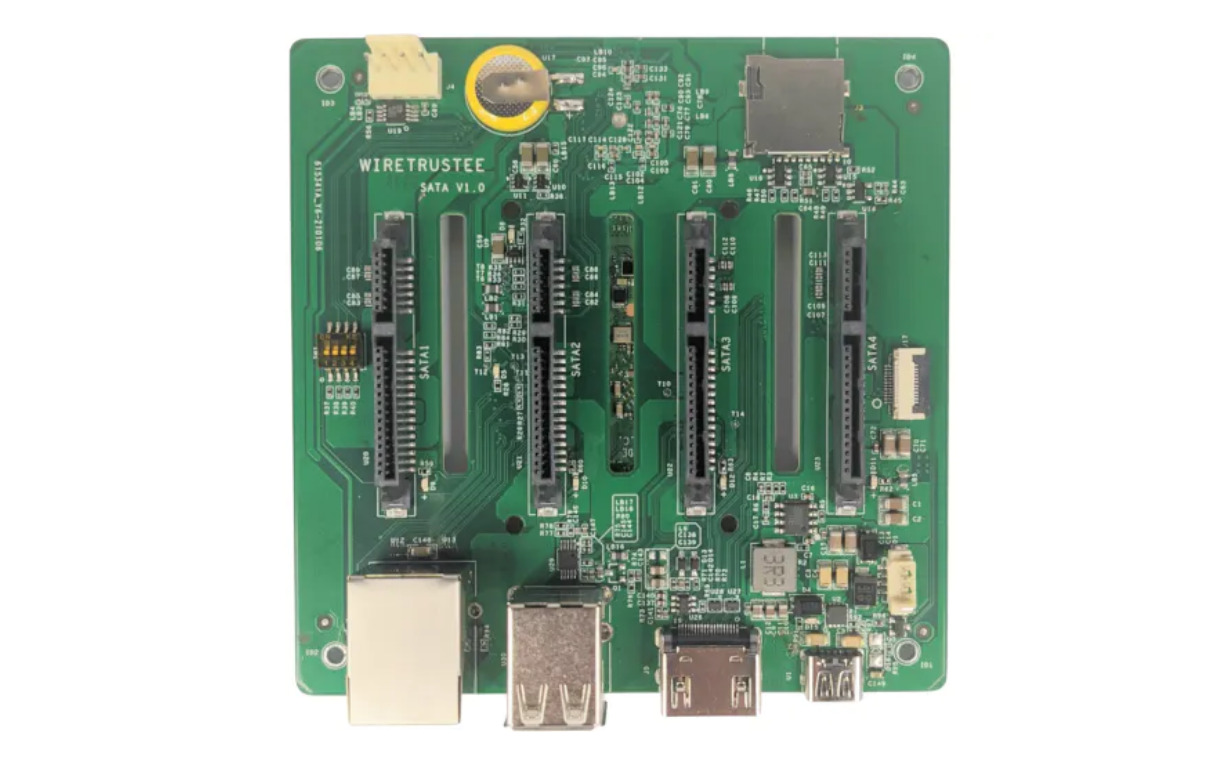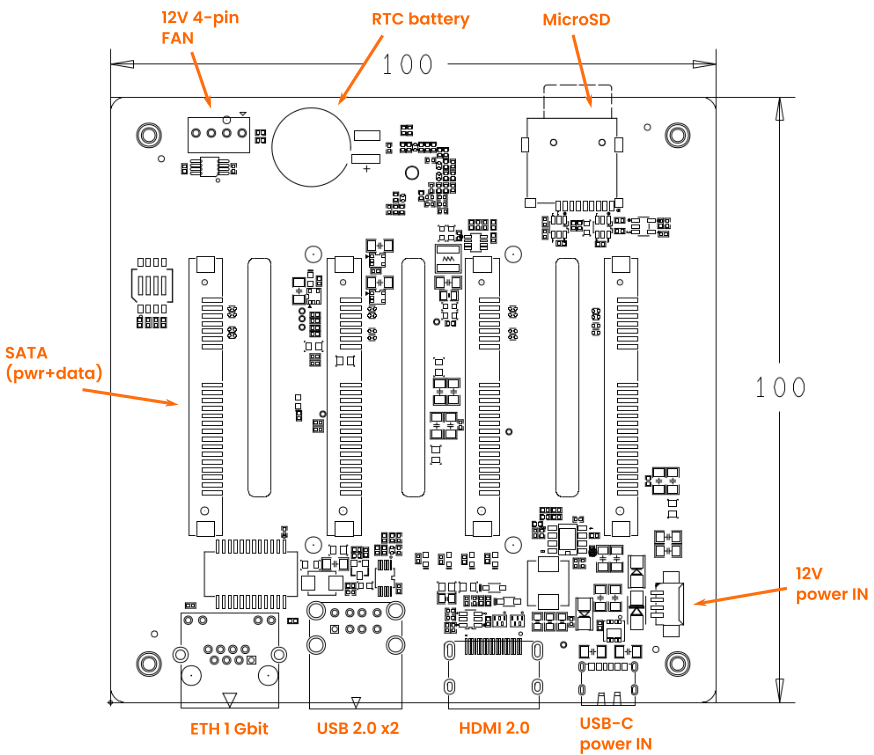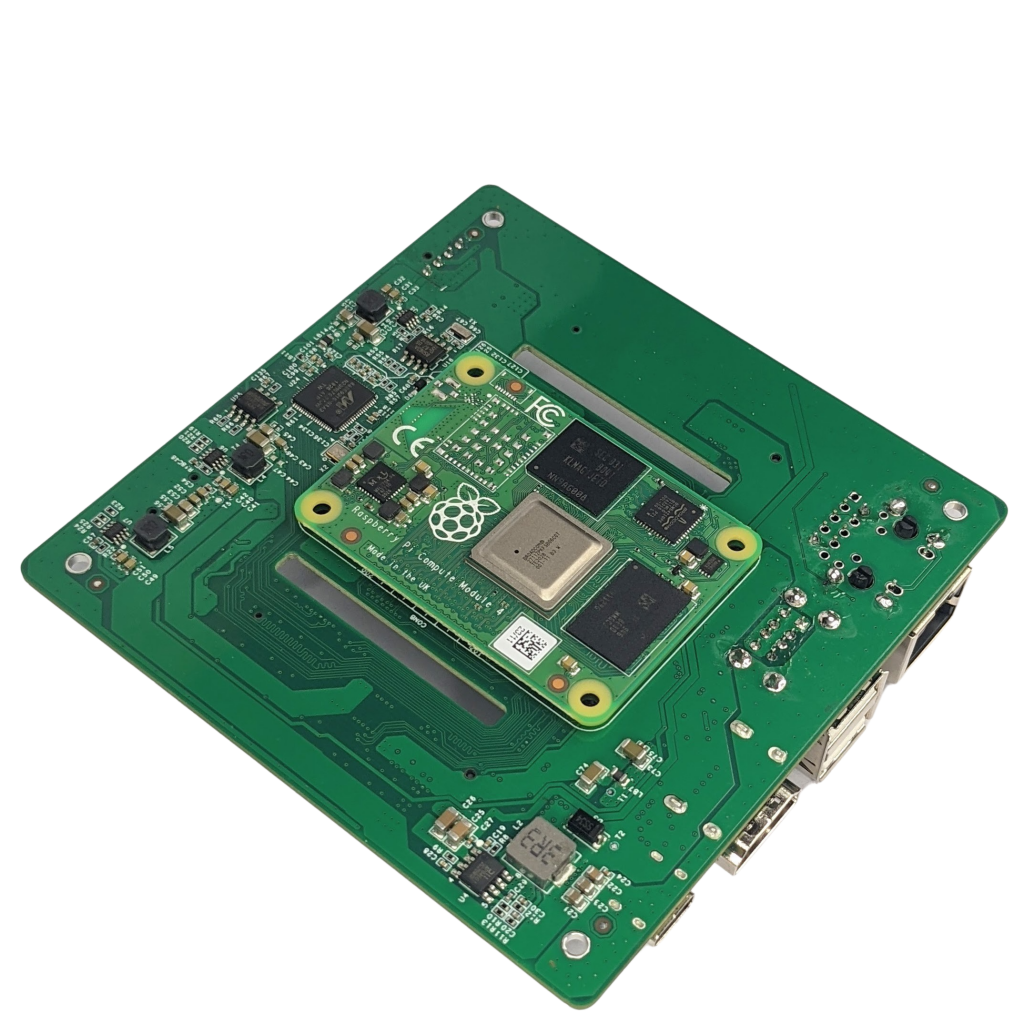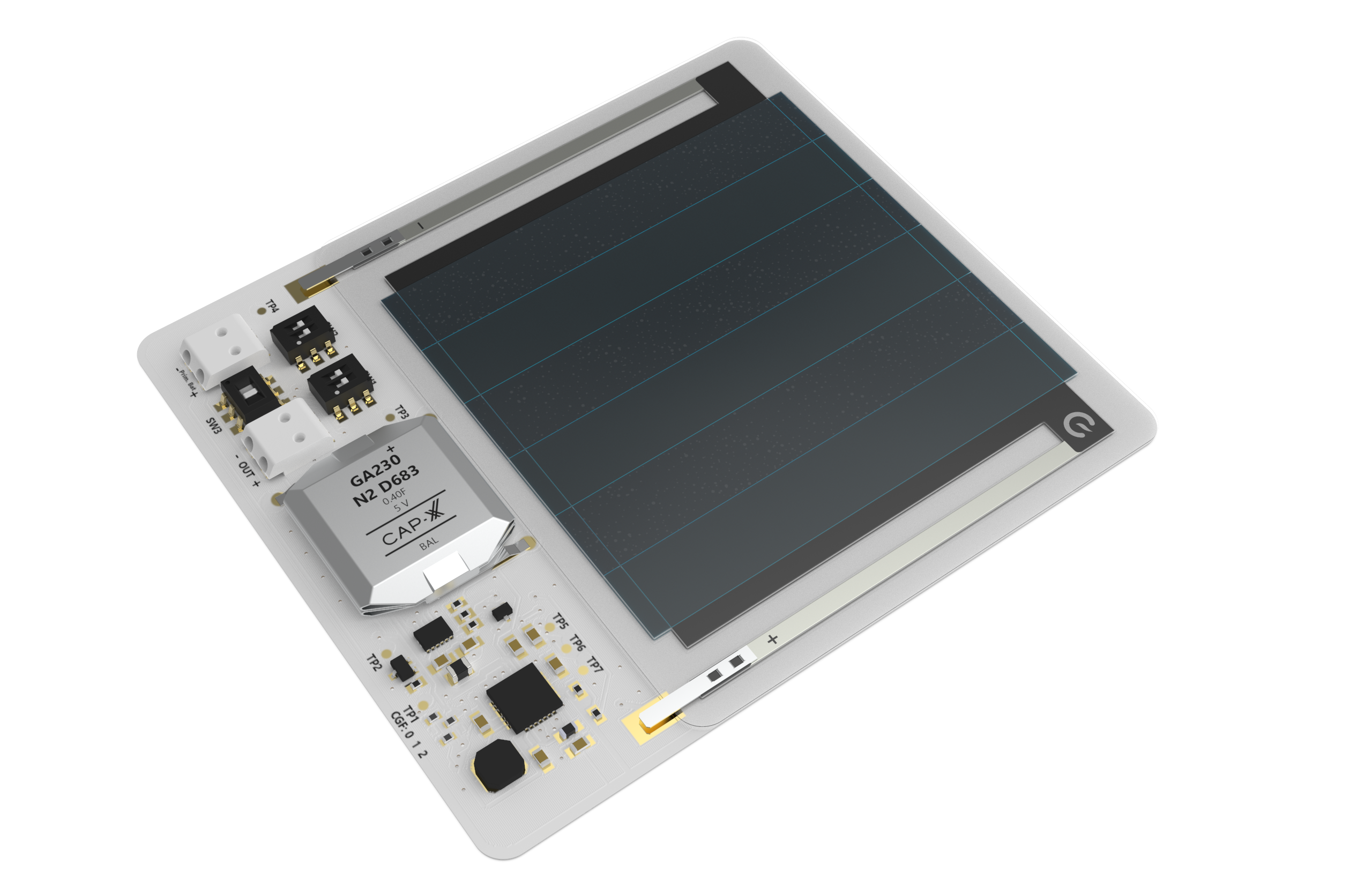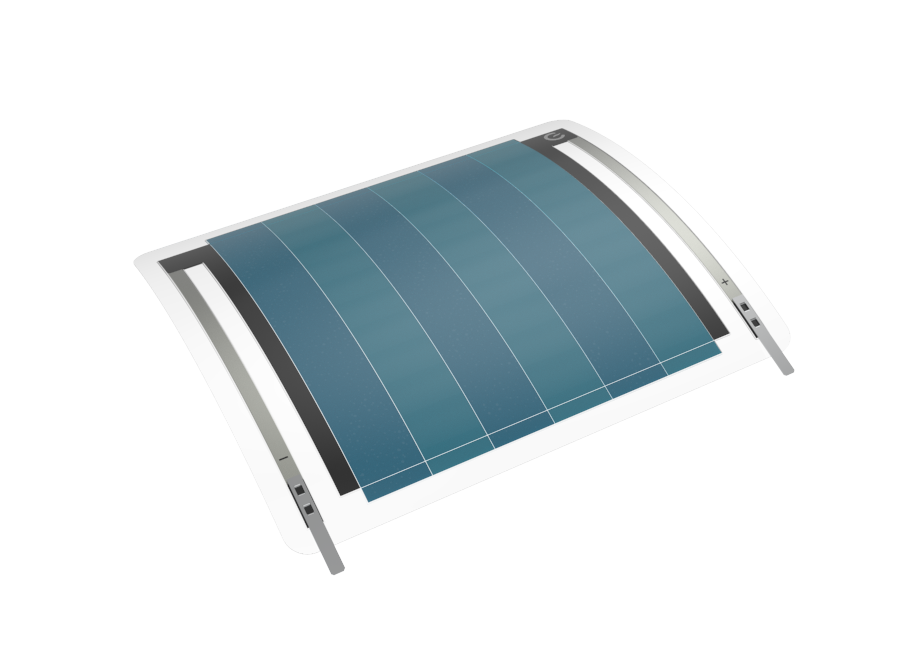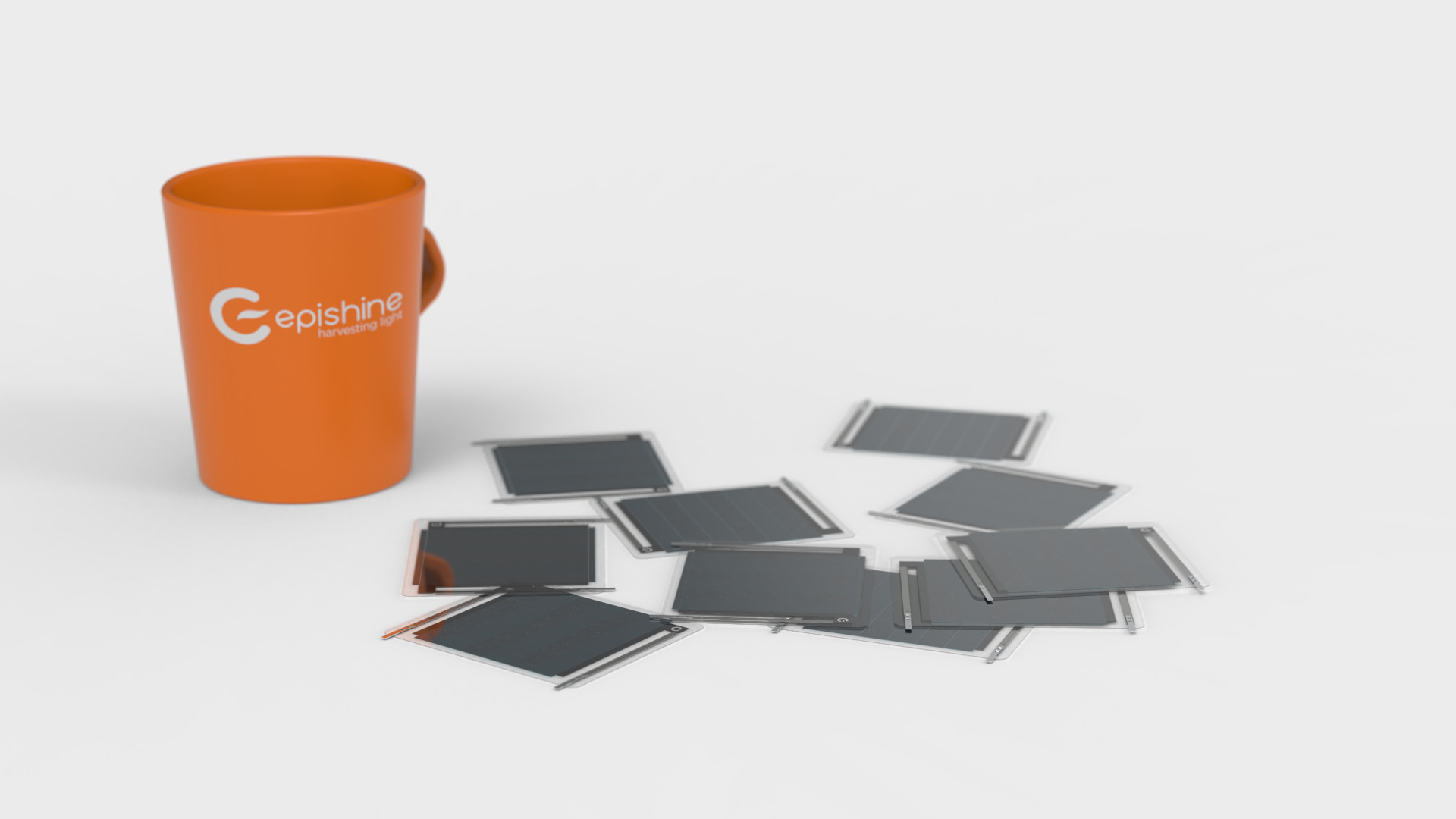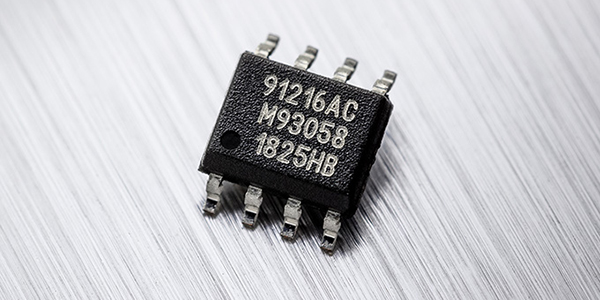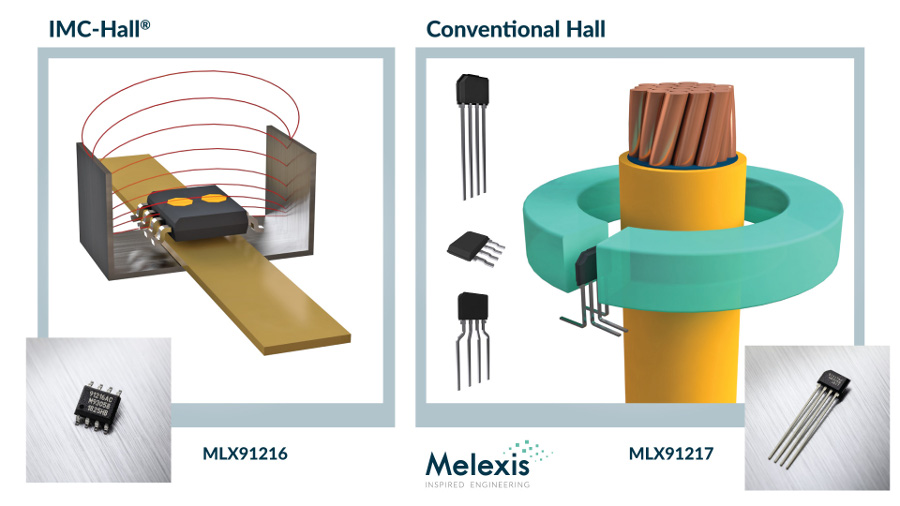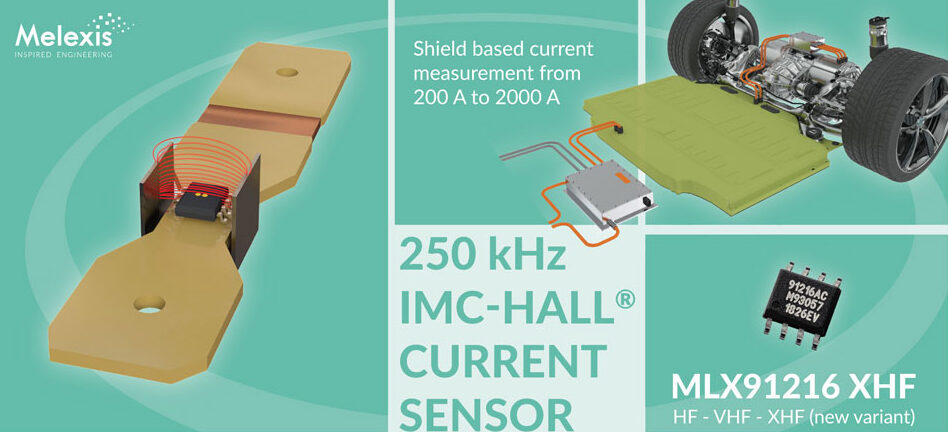STMicroelectronics’ STM32H7 series are a couple of Arm® Cortex®-M7-based MCUs that claim to deliver 1327 DMIPS and 3224 CoreMark. They come in three product lines- dual-core lines, single-core lines, and value lines, and can be used in the design of many rich and complex applications including wireless modules, alarm panel systems, power management systems, etc.
To further the growth of the STM32H7 MCU series is China-based MCUdev DevEBox’s STM32H7XX-M development boards designed for factory automation, connectivity and security applications. These new STM32H7XX-M development boards are built around two different STM32H7 chips of a single-core line and a value line module. They have the same form factor and share similar features except for the difference in their core modules.
Specifications of the DevEBox STM32H7XX-M Development Boards:
- Core Module:
- STM32H743VIT6- Single-Core
- 2048KB flash memory
- 1024KB RAM
- STM32H750VBT6- Value Line
- 128KB flash memory
- 1024KB RAM
- STM32H743VIT6- Single-Core
- Oscillator:
- HSI: 64MHz
- LSI: 32kHz
- HSE: 25MHz
- LSE: 32.768MHz
- OLED interface: Plug and play, support 0.96″ / 1.3″ OLED
- TFT liquid crystal interface:
- Connect 1.3″ HD full color LCD
- Connect 2.0″ HD full color LCD
- 25MHz system crystal
- 32.768KHz RTC crystal
- 1x 10/100 Ethernet MAC
- W25Q64 64Mbit QSPI Flash
- 6x SPI, 3x I2S, 1x LPI2S, 4x I2C, 4x USART, 4x UART, 1x LPUART
- 4x SAI, SPDIFRX, SWPMI, MDIO Slave, 2x SD/SDIO/MMC, 2x CAN
- SWD header
- 2x User buttons
- 1x Reset button
- Power and Programmable LED lights
- 2.54mm integer double spacing pin
- 8 to 14-bit Parallel Camera interface
- 3x 16-bit 36-channel ADC
- DCMI camera interface
- HDMI-CEC
- 1x temperature sensor
- 2x DAC (12-bit)
- 2x ULP comparators
- 2x Op Amps
- 1x high res timer
- 2x 32-bit timers
- 2x advanced timers
- 10x general timers
- 5x low power timers
- 2x watchdogs
- 96-bit unique ID
- 2x USB OTG, 1x FS, 1x HS/FS
- 1x Micro SD
- M3 mounting holes
- 3.3V LDO voltage regulator, max current 800mA
- RTC battery header
- Power Supply: Any +3.3V pin or +5V pin, and via USB connector (+5V).
- Operating temperature range: -40 °C to +85 °C
- Dimensions: 40 mm x 68 mm
The STM32H7XX-M development boards are readily available and can be purchased either on Aliexpress or on Banggood. You’ll get the STM32H750VBT6 module board for $10.92 and the STM32H743VIT6 for $18.20.
Just like other core modules from STMicro, the STM32H7 series also comes with complete software support of Arm Cortex-M architecture. You can use the STM32CubeH7 full embedded software package, which comes with several examples for the STM32H7 series.
User manuals specific to the boards are available on the banggood link mentioned above, while further details on the STM32H7 MCU series including a getting started guide can be found on the STMicroelectronics’ website.



